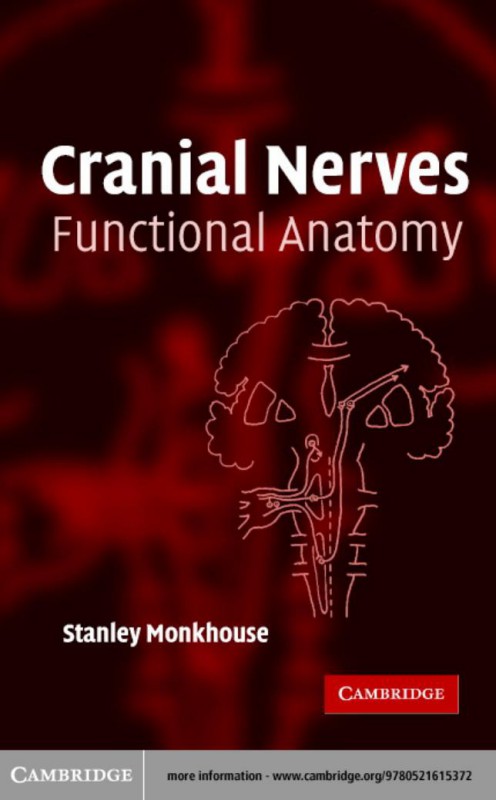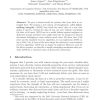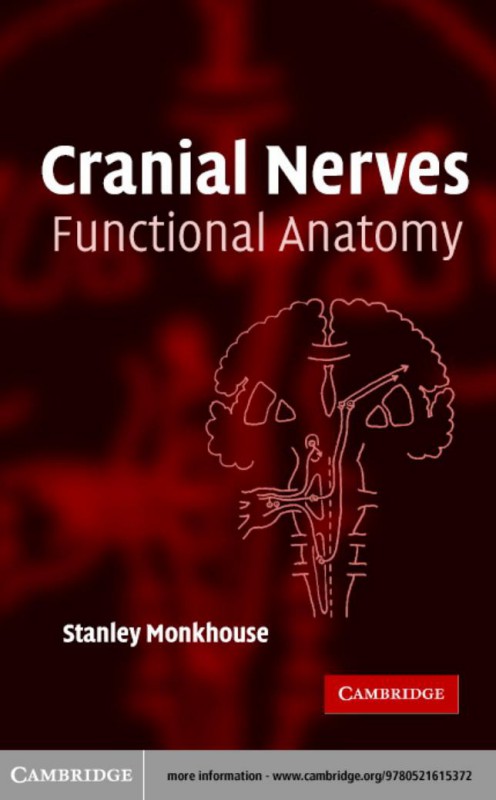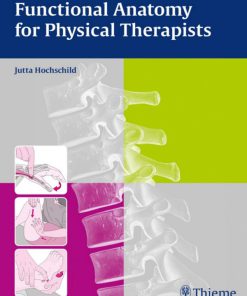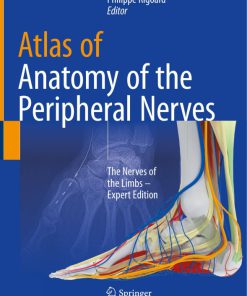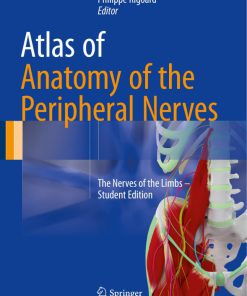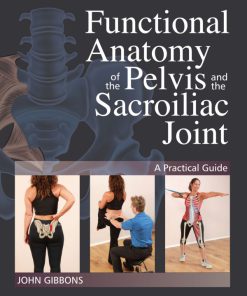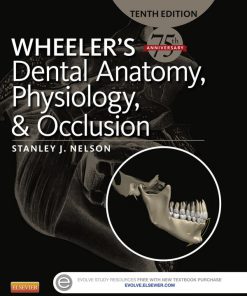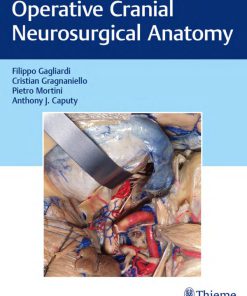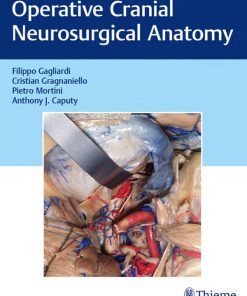Cranial Nerves Functional Anatomy 1st Edition by Stanley Monkhouse ISBN 1505392543 9780521615372
Original price was: $50.00.$25.00Current price is: $25.00.
Authors:Stanley Monkhouse , Series:Anatomy [29] , Tags:Medical; Anatomy; Surgery; General; Neurology; Audiology & Speech Pathology , Author sort:Monkhouse, Stanley , Ids:Google; 9781139445146 , Languages:Languages:eng , Published:Published:Oct 2005 , Publisher:CAMBRIDGE UNIVERSITY PRESS , Comments:Comments:Cranial nerves are involved in head and neck function, and processes such as eating, speech and facial expression. This clinically oriented survey of cranial nerve anatomy and function was written for students of medicine, dentistry and speech therapy, but will also be useful for postgraduate physicians and GPs, and specialists in head and neck healthcare (surgeons, dentists, speech therapists etc.). After an introductory section surveying cranial nerve organisation and tricky basics such as ganglia, nuclei and brain stem pathways, the nerves are considered in functional groups: (1) for chewing and facial sensation; (2) for pharynx and larynx, swallowing and phonation; (3) autonomic components, taste and smell; (4) vision and eye movements; and (5) hearing and balance. In each chapter, the main anatomical features of each nerve are followed by clinical aspects and details of clinical testing. Simple line diagrams accompany the text. Detailed anatomy is not given.

